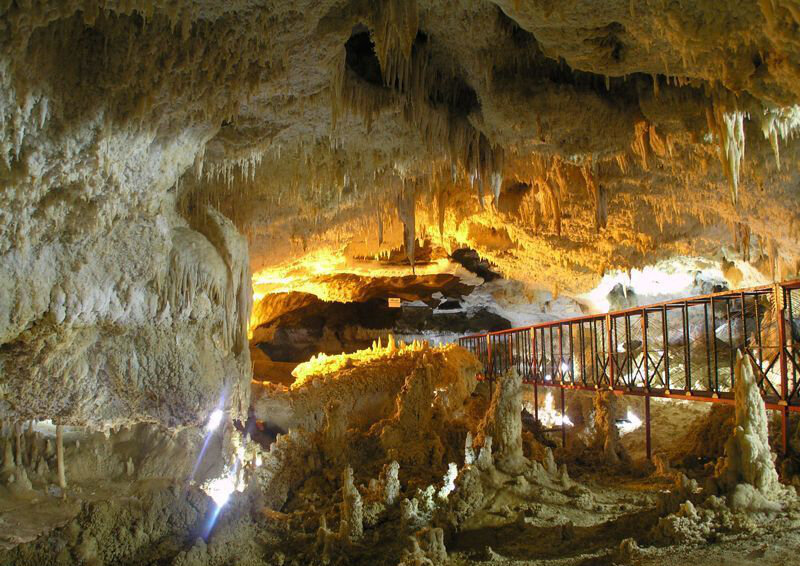Coronavirus shuts Zanjan’s Katale-Khor cave once again

TEHRAN – Katale-Khor, a limestone cave full of natural crystals believed to date from the Jurassic era, has gone on lockdown again for at least two weeks following the increase in the number of people infected with the coronavirus, CHTN reported.
Literally meaning “Mountain of Sun”, Katale-Khor is located in the northwestern Zanjan province and is said to date back to some 120 million years ago, so that it has embraced lots of natural and artificial changes during this lengthy period. The cave was reportedly discovered some seven decades ago by a group of Iranian cavers.
As the caves have a cold and humid environment, and given that the coronavirus is more durable in the cold environments, as well as the presence of bats in Katale-Khor cave, the travelers and cavers are asked not to travel to this tourist attraction until the further notice, said provincial tourism chief Amir Arjmand on Friday.
All the other tourist attractions in the province are disinfected and monitored every day, the official added.
The country closed cultural heritage museums and historical sites across the country in a preventive measure amid fears of coronavirus outbreak back in February, but as the coronavirus lockdown was eased, they were reopened in early May.
In June, Arjmand announced that Katale-Khor cave is planned to become one of the country’s tourism hubs and asked the private sector to collaborate in investing in the tourism industry of the province.
Katale-Khor cave interiors embrace huge hallways and corridors, which are impressively lit by flashlights.
Some three-seventh of the prolonged cave have been explored so far. A length of about 3km of the cave is open to the public while a 4km-route is accessible to experienced cavers and researchers.
Exploring a cave may not be on the “to-do list” of travelers in Iran. However, Karaftu, Ali-Sadr and Quri Qaleh, and Katale-Khor are amongst the most visited caves, the latter is situated some 150km south of Zanjan, off a road that connects Soltaniyeh to Hamedan.
Iran is geologically a part of the Alpine-Himalayan organic belt. According to Britannica Encyclopedia, the enigmatic evidence of human presence on the Iranian plateau is as early as Lower Paleolithic times.
The first well-documented evidence of human habitation is in deposits from several excavated cave and rock-shelter sites, located mainly in the Zagros Mountains of western Iran and dated to Middle Paleolithic or Mousterian times (c. 100,000 BC).
ABU/MG
